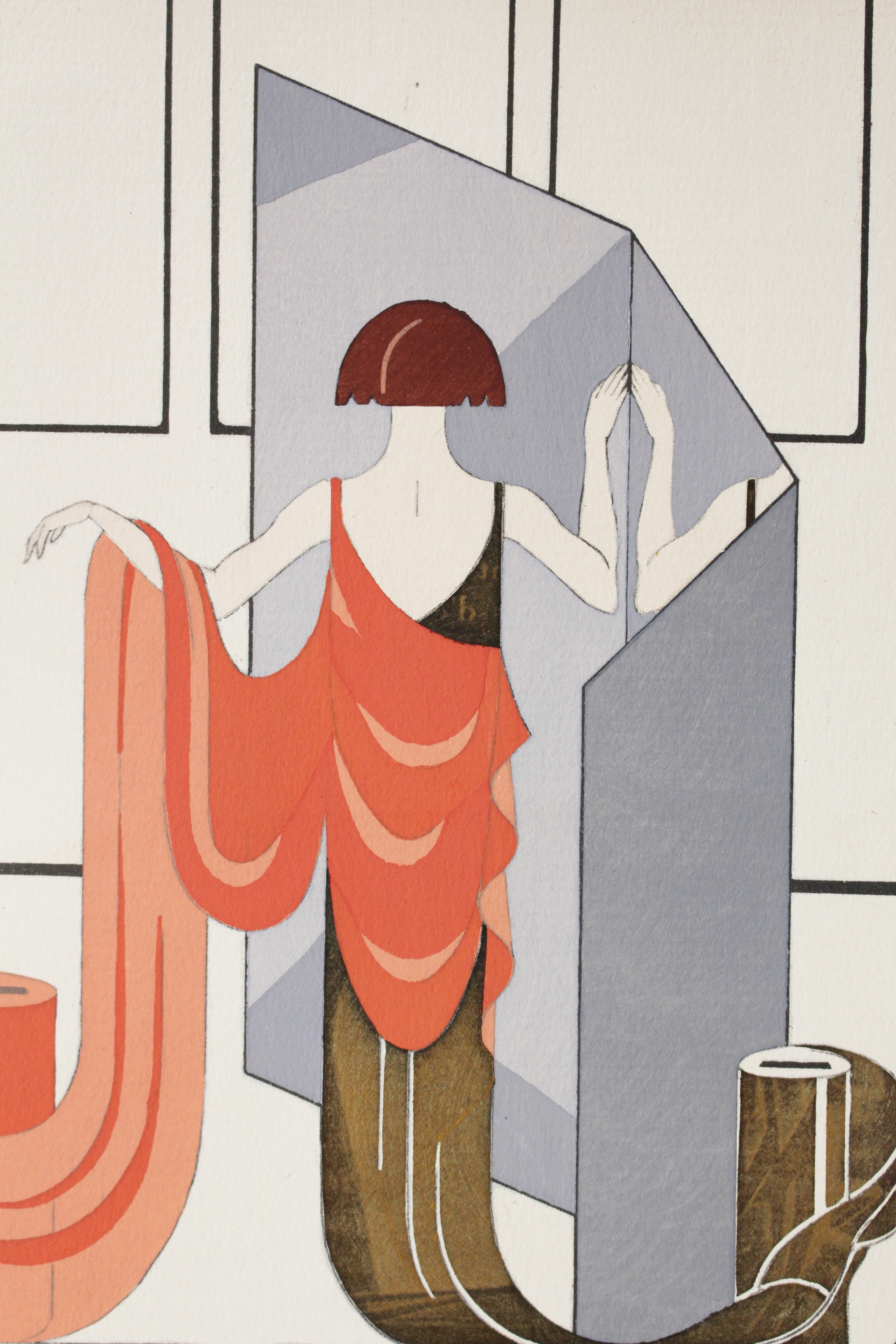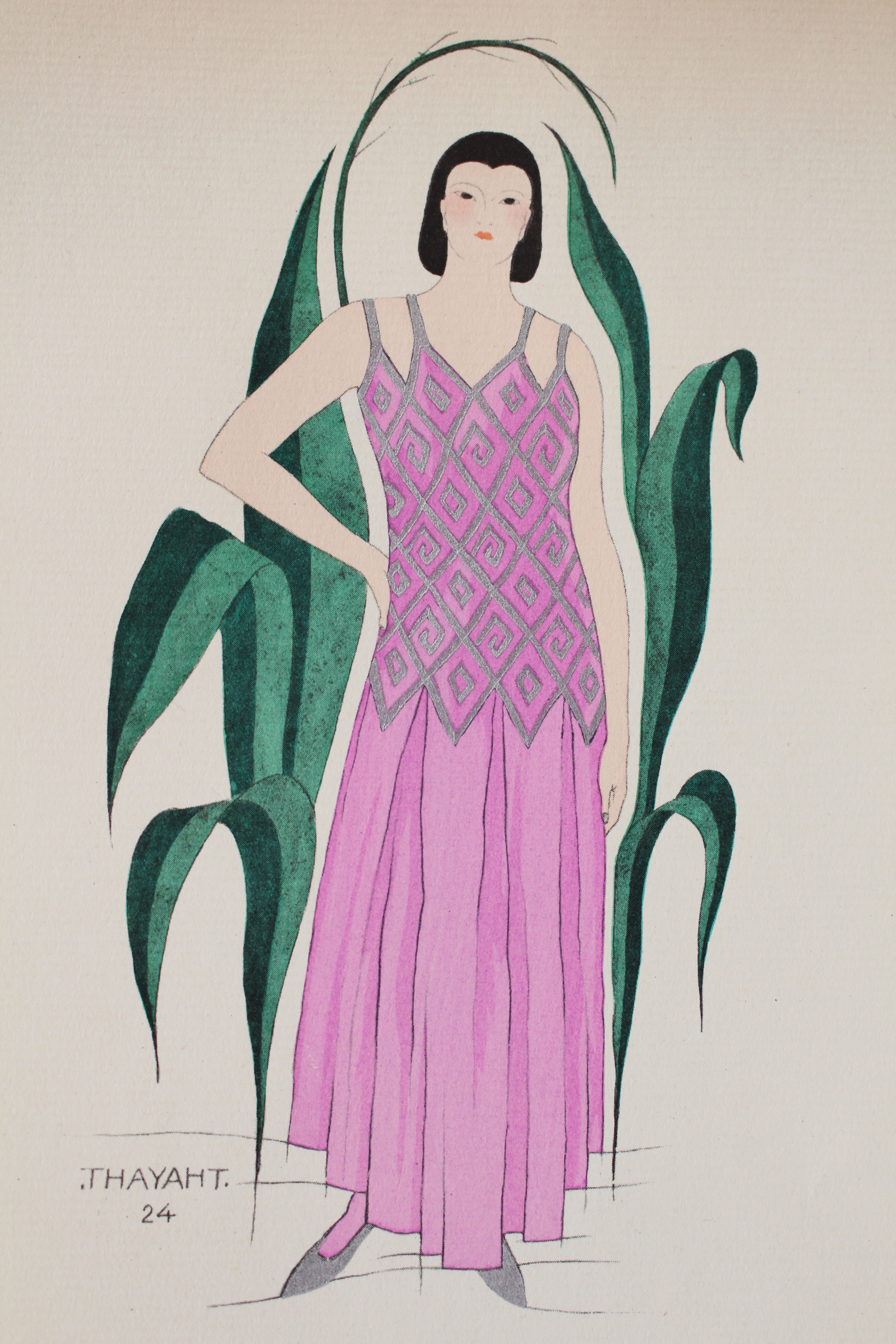Librairie Le Feu Follet - Paris - +33 (0)1 56 08 08 85 - Contact us - 31 Rue Henri Barbusse, 75005 Paris
Antique books - Bibliophily - Art works

Sell - Valuation - Buy



Search among 31243 rare books :
first editions, antique books from the incunable to the 18th century, modern books










